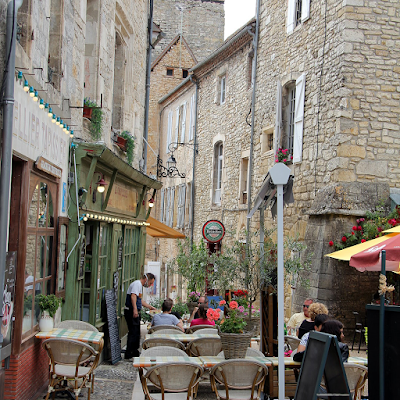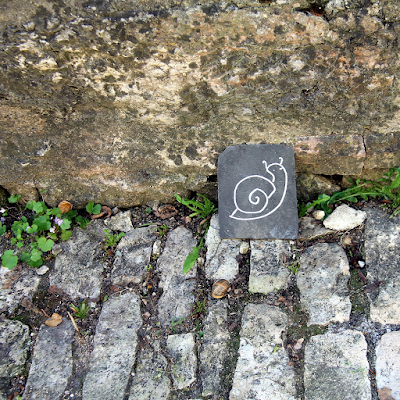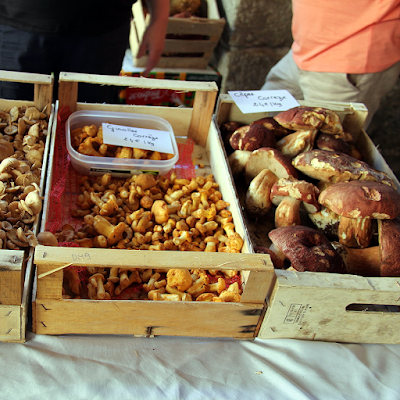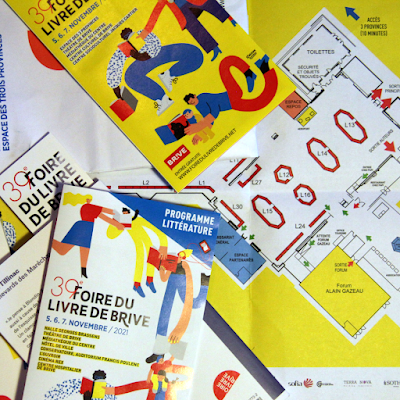 |
| The market 'halle' of Martel. |
 |
| La Tour Tournemire |
 |
| Map of Martel. |
 |
| Food served on the streets. |
 |
| Doorway with roses |
 |
| Slow life... |
At La Min-sú de Terrasson, we assist travellers to organise itineraries, offering multi-language guidance to non-driving guests to savour the best of our castle-strewn riverlands and mesmerising prehistoric cave paintings. We offer you access to capture this rich cultural and historical heritage.
Our website: www.laminsudeterrasson.com
 |
| The market 'halle' of Martel. |
 |
| La Tour Tournemire |
 |
| Map of Martel. |
 |
| Food served on the streets. |
 |
| Doorway with roses |
 |
| Slow life... |
 |
| Collonges-la-Rouge |
 |
| Map of the Vicomté du Turenne |
 |
| Curemonte |
 |
| Grapes in the vin paillé vineyards |
 |
| Detail of Romanesque architecture Beaulieu-sur-Dordogne |
 |
| Forest mushrooms at the local market |
 |
| Spectacular scenery of the Gouffre de Padirac, its underground river and caves. |
The posters,bookmarks and leaflets were reprinted, the stickers had a whiff of ‘country’ this year. ‘ Ce qui nous unit tous les cinq n’est...
